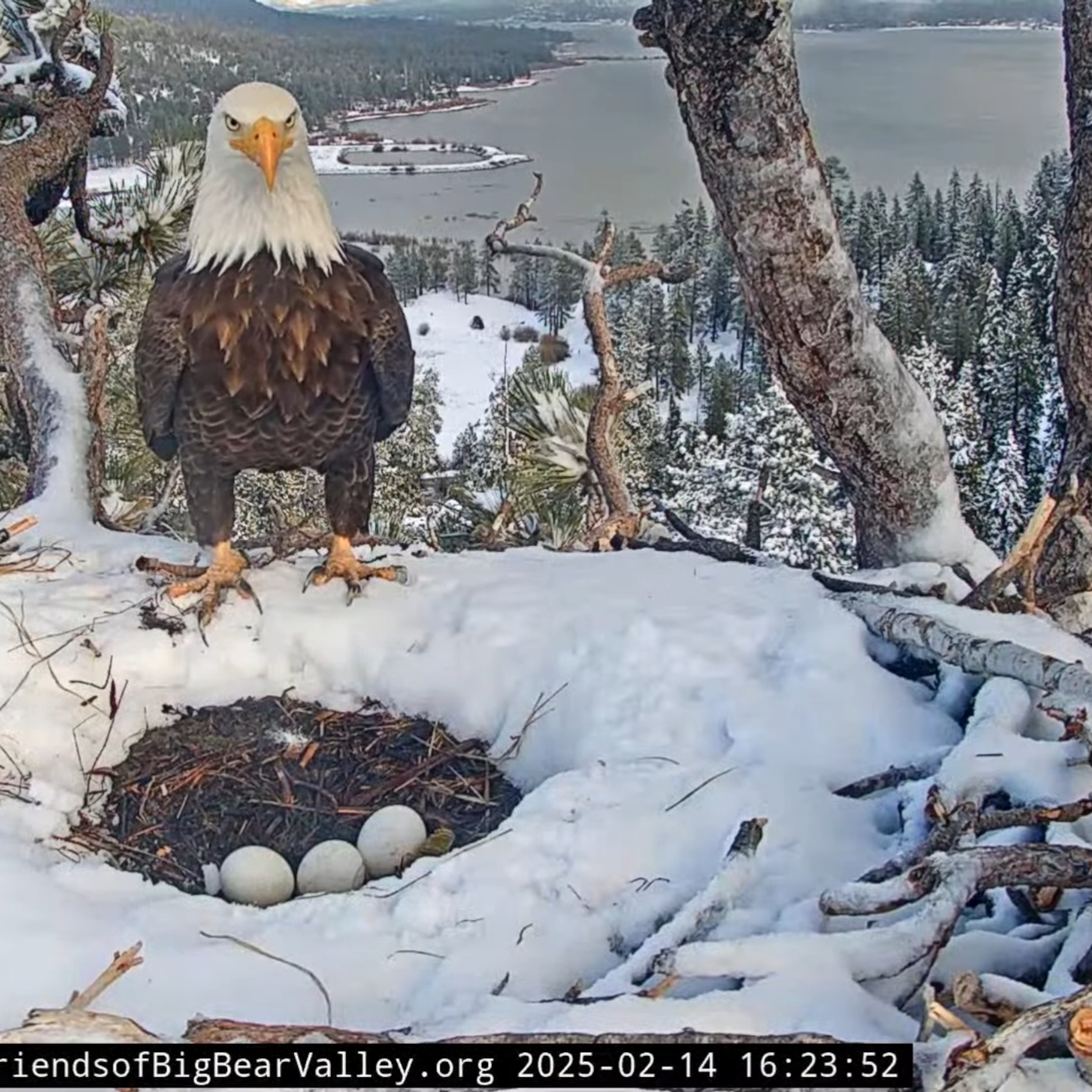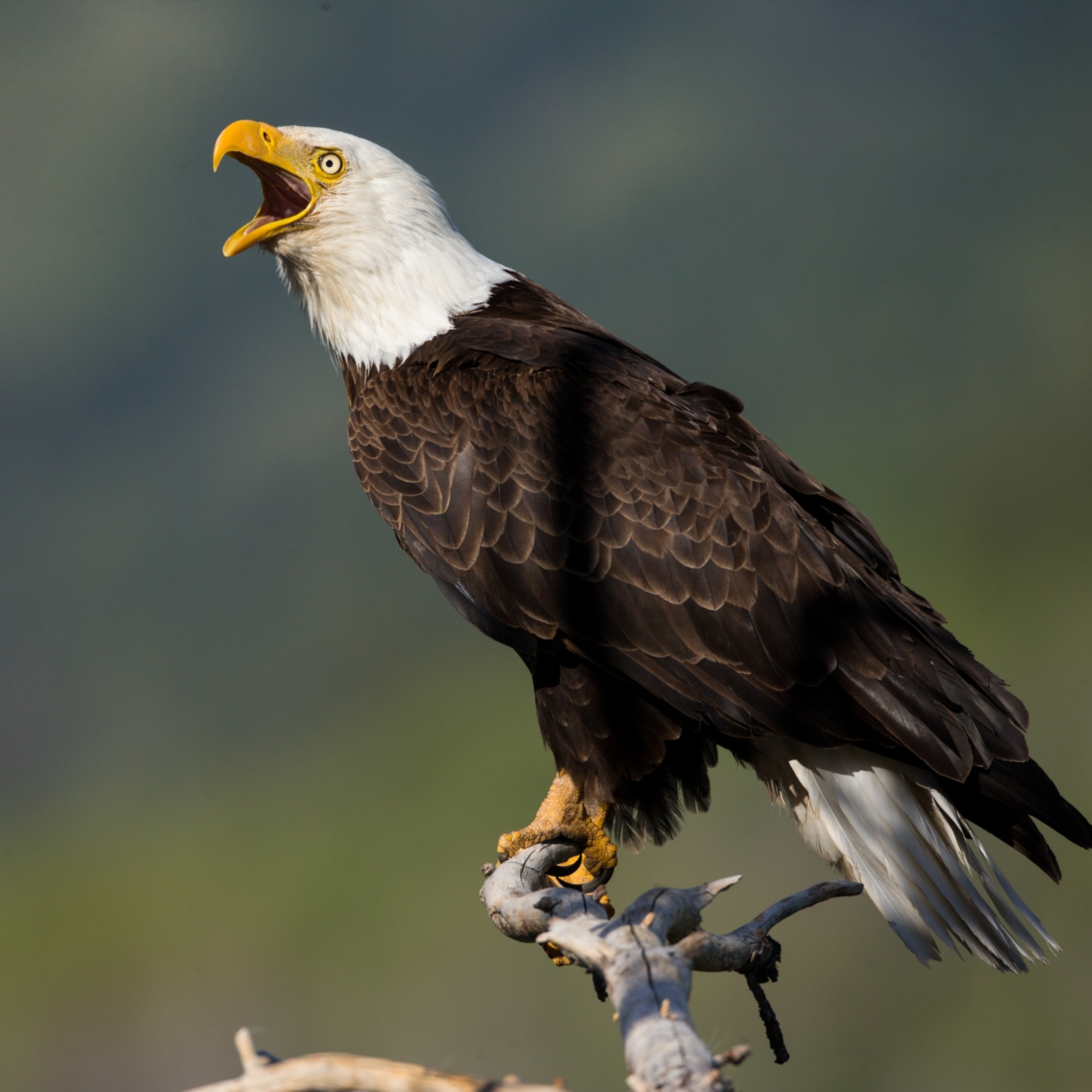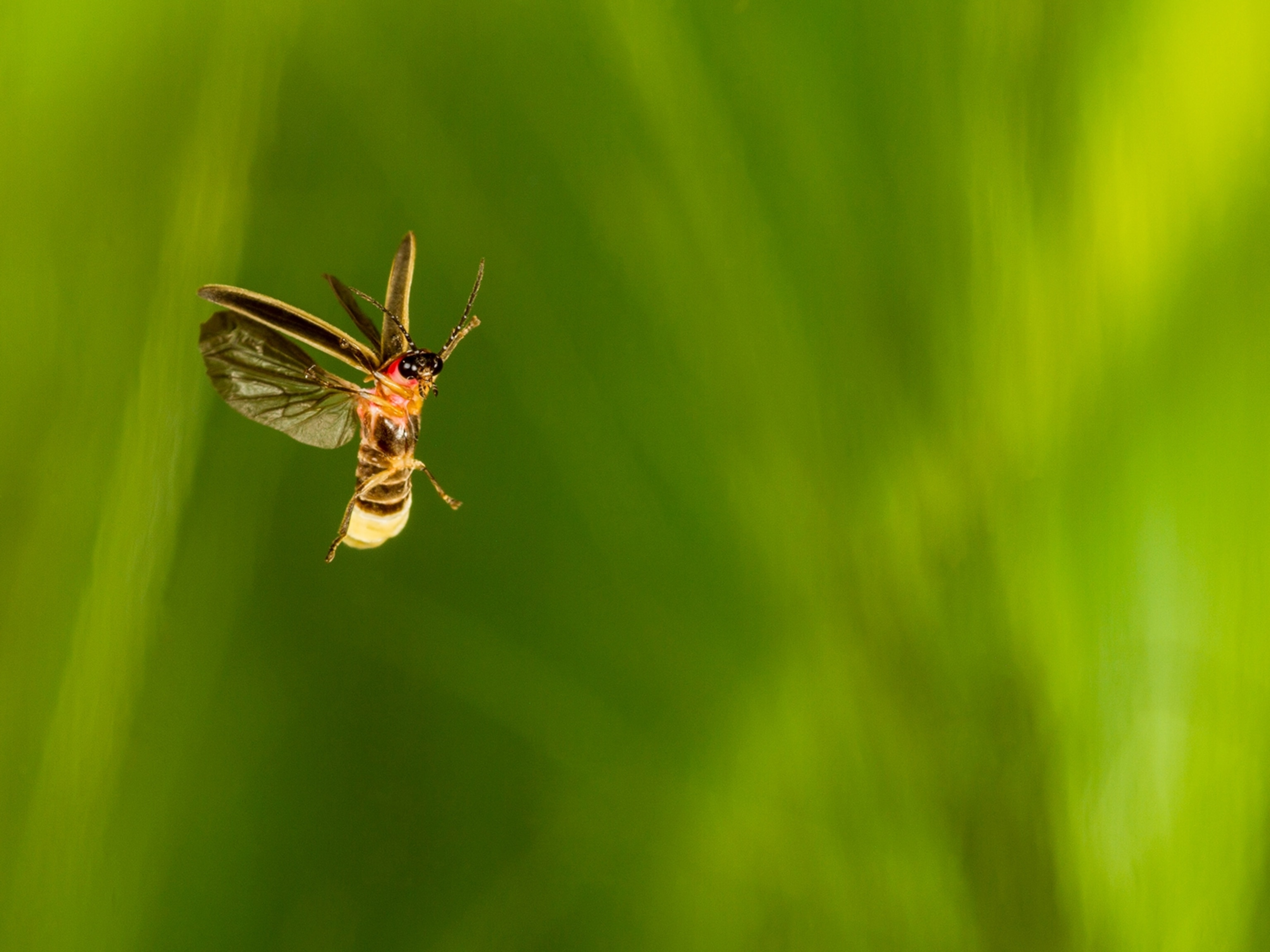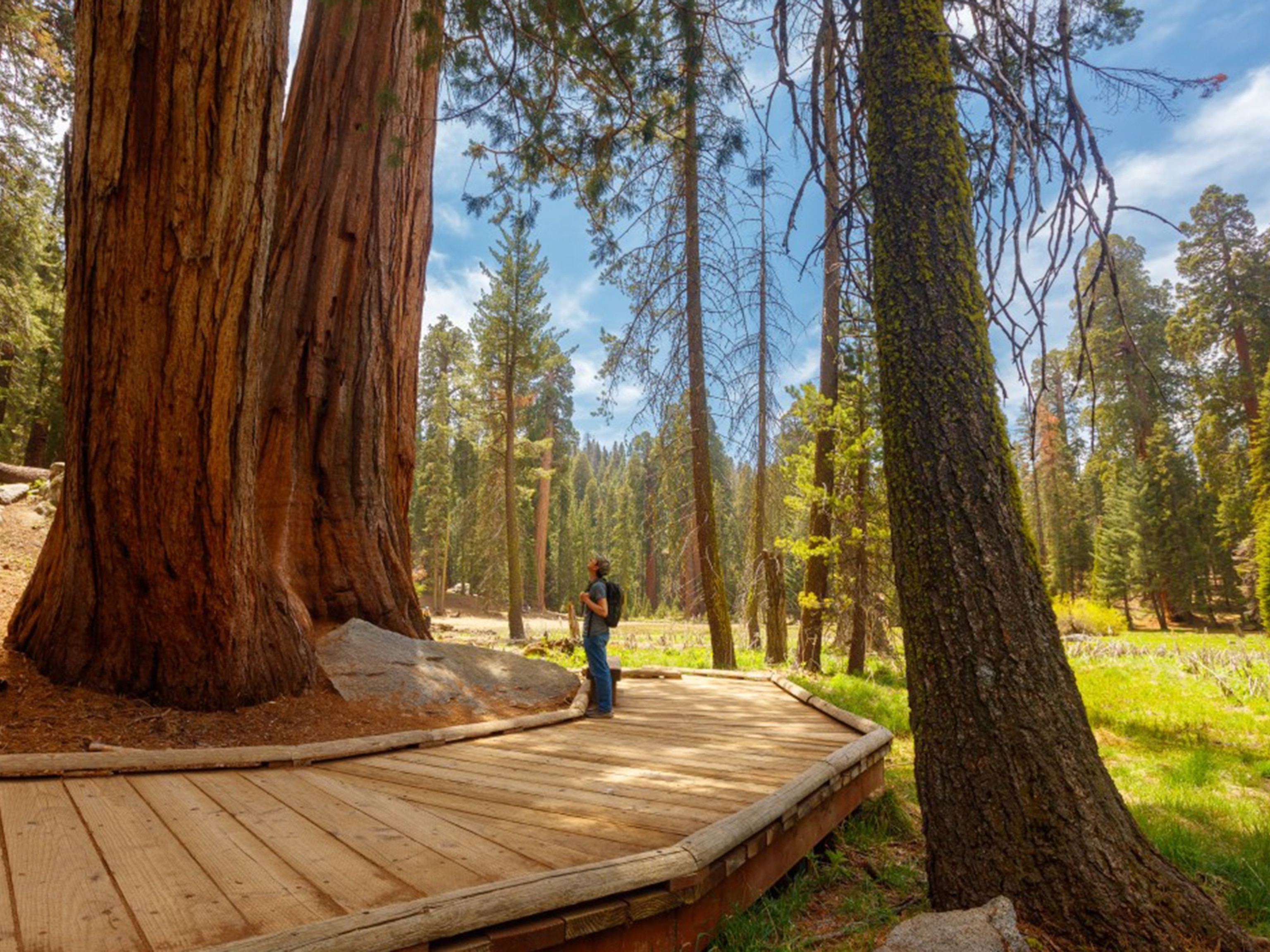What Dolly Parton wants us to know about the Smoky Mountains
From her Tennessee mountain home, the nature-loving singer says mistreating Earth is like ‘being ugly to your mama.’

“The Smokies always call me home,” Dolly Parton tells me. She’s not alone.
Millions of fans flock to her Tennessee birthplace—though not many of them were born “in a little one-room shack on the banks of the Little Pigeon River,” as the singer-songwriter and tourism titan was.
In 2022, “My Tennessee Mountain Home”—her 1972 homage to the corner of Eastern Tennessee’s Great Smoky Mountains where she grew up—was named an official state song. This accolade points to how much this region has both inspired Parton through the years and been inspired by her.

It’s a place where, as she sings in the song, “life is as peaceful as a baby’s sigh,” where “crickets sing in the fields nearby.” And it’s a place where she returns not just to recharge, but to nurture and share the regional enchantment that fuels her phenomenal creativity—and estimable energy.
At 78, Dolly Parton seems to be working a lot more than 9 to 5 because she is everywhere. She’s in your bookstore and in the news, at the Country Music Awards, and on a cake mix box and an ice cream pint. In 2023, her 49th studio album, Rockstar, features her singing with Pink, Paul McCartney, and other big names.
She has built a hospitality empire here, centered in Pigeon Forge, that includes Dollywood amusement park, the new HeartSong Lodge, restaurants, and attractions—all themed to celebrate the landscape and culture of the Smokies.
Although the wilds may sometimes be hard to discern amid touristy glitz and kitsch, what drives Parton is a genuine desire to invite visitors to “one of the most beautiful places in the world,” she says. “When I come here it’s a feeling like nothing else. It has grown, as all things must. But the Smokies will never lose their charm and their magic.”

Here’s what Parton sees in her Tennessee mountain home, and what travelers can take away from a visit.
Our lady of Tennessee
Born the fourth of 12 children, Parton began singing at age 10 on regional radio in Knoxville. As a teen, she was already a local star. The day after graduating Sevier County High School in 1964, she poured herself a cup of ambition and set off for Nashville.
She’s been going strong ever since, her star power propelling her around the world and across entertainment genres. The award-winning 2019 podcast series “Dolly Parton’s America” dubbed her “the great unifier,” citing the way she manages to draw together a diverse range of fans who might not otherwise stand to be in the same room with each other.
Yet, she remains a local girl. She has lived 59 years in Nashville with her publicity-shy husband, Carl Dean, whom she married in 1966. She returns several times a year to Sevier County, including opening each new season of Dollywood with a performance and a parade.
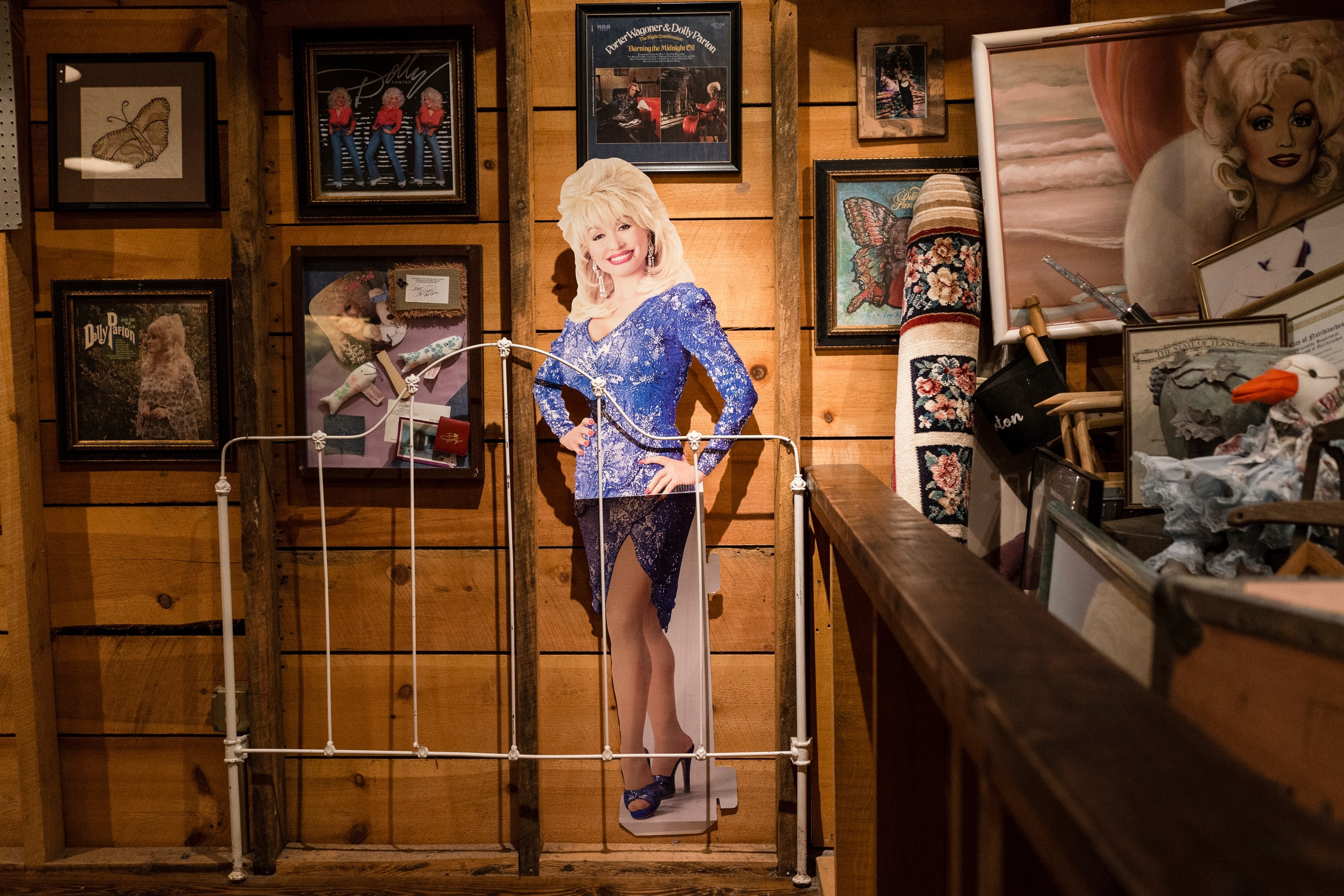

Here in the epicenter of the Dollyverse, Parton’s influence is obvious. In Knoxville, there’s the colorful mural of her in an alleyway, and the bookstore with a section devoted to Dolly-themed books and merchandise. There’s the parkway named after her, and a bronze statue in Sevierville that her father would visit regularly to keep clean.
But her impact goes beyond her image. The Dollywood Foundation awards college scholarships to local high school students; a monthly book gifting program that started for local children under age 5 has grown into a lauded international initiative called Imagination Library. Recently Dollywood, Sevier County’s biggest employer, announced that it would pay full tuition for employees pursuing higher education.
(A writer hunts for family memories in the heart of the Ozarks.)
“She is very active in causes that speak to her heart,” says Jessica Hall, executive director of the American Eagle Foundation, which runs a bald eagle sanctuary at Dollywood, “and the Smoky Mountains where she grew up—that’s where her heart is.”
Dolly’s mountain home
Parton may be ubiquitous in Eastern Tennessee, but when she looks around she sees a unique ecosystem whose beauty is beyond compare.
“We got the most radiant flowers, the biggest assortment of trees,” she says. “The Smokies have a heart of their own. It’s the way the water flows, the way it sounds, and the way it feels when you get in it. I don’t know if it’s just because it’s my home—but I really don’t think so. I think it’s just one of those special places that God put here for us to enjoy.”

Visitors might be surprised to learn how special the place really is. The Great Smoky Mountains is the most biodiverse park in the U.S. national park system. The Smokies support more than 1,400 varieties of flowering plants and about a hundred species of trees (more than the whole of Europe).
“Yellowstone is known for geysers, the Smokies are known for its plant diversity,” says Matt Auberle, general manager of Pink Adventure Tours, which offers guided tours of the national park in a pink jeep.
The numerous streams that help nurture this abundance—from the headwaters of the Pigeon River to Le Conte Creek—draw locals and visitors for kayaking, fishing, and swimming.
Parton’s lyrics act as a guide: From Clingman’s Dome, the highest point in the park, one might watch “the light of a clear blue morning” as it eventually fades to “glowin’ fireflies when evenin’ shadows fall.” And over there, “on a distant hilltop, an eagle spreads its wings.”
(See fireflies magically light up this Tennessee park.)
“Certainly as a little girl she saw bald eagles and other birds of prey in her Smoky Mountain home,” says Hall. At its Dollywood facility, the American Eagle Foundation rescues and rehabilitates injured and orphaned bald eagles, owls, vultures, and other birds. If they are not able to be released back into the wild, they find a home as educational ambassadors to the more than three million people a year who visit Dollywood.
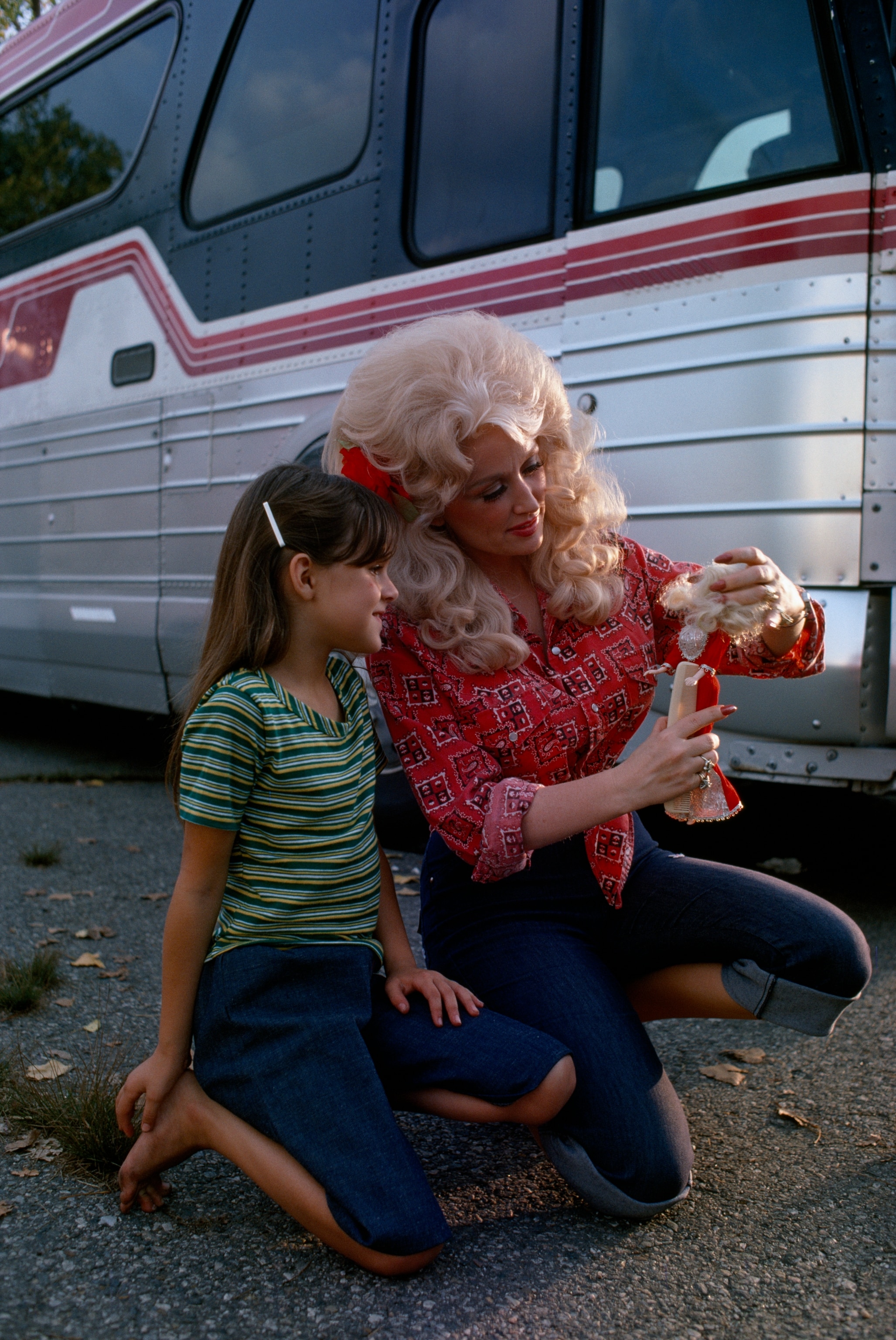
“To date we’ve released over 180 bald eagles into the wild in the Smoky Mountains,” says Hall. “It’s incredible: We’ve tracked our bald eagles in Ohio and Florida. We feel strongly that we have played a small but important role in the repopulation of the bald eagle species in the South.”
Hall notes that Dollywood, as the foundation’s largest corporate sponsor, “has been instrumental in our success.” The organization opened a new public facility in Sevierville in 2023 that is the nation’s largest bald eagle education and rehabilitation center. It includes a way station for migrating monarch butterflies. “In honor of Dolly,” Hall says.
That’s because Parton has adopted the lovely, gentle butterfly as her symbol and muse. “When I was little I would wander off, chasing butterflies into the woods, so they had to come find me,” Parton says. “I always related to them because I felt like they were harmless and they were colorful—kinda like I think that I am. They’re just meant to be mine, I think.”
Now images of butterflies decorate the theme park, the resort, her red-carpet outfits—and even her body. “Yes, I have a butterfly tattoo,” she says with a laugh. (No, she won’t let us see it.)
‘On sacred ground’
Parton has said one of her first memories is of her mother singing old mountain ballads. “We always had our own mountain music in the Smokies. We still have that. And I think we’ll always have that,” she tells me. The musical heritage of the South is one of the things Parton works to preserve at Dollywood, where bluegrass, country, and gospel musicians perform daily throughout the park.
The soundtrack is not bounded by tradition—other beats find a home here as well. “There’s different music [now], but it’s still part of the Smokies—if nothing else because it’s done here in the Smokies,” Parton says. “You just feel like you’re on sacred ground.”
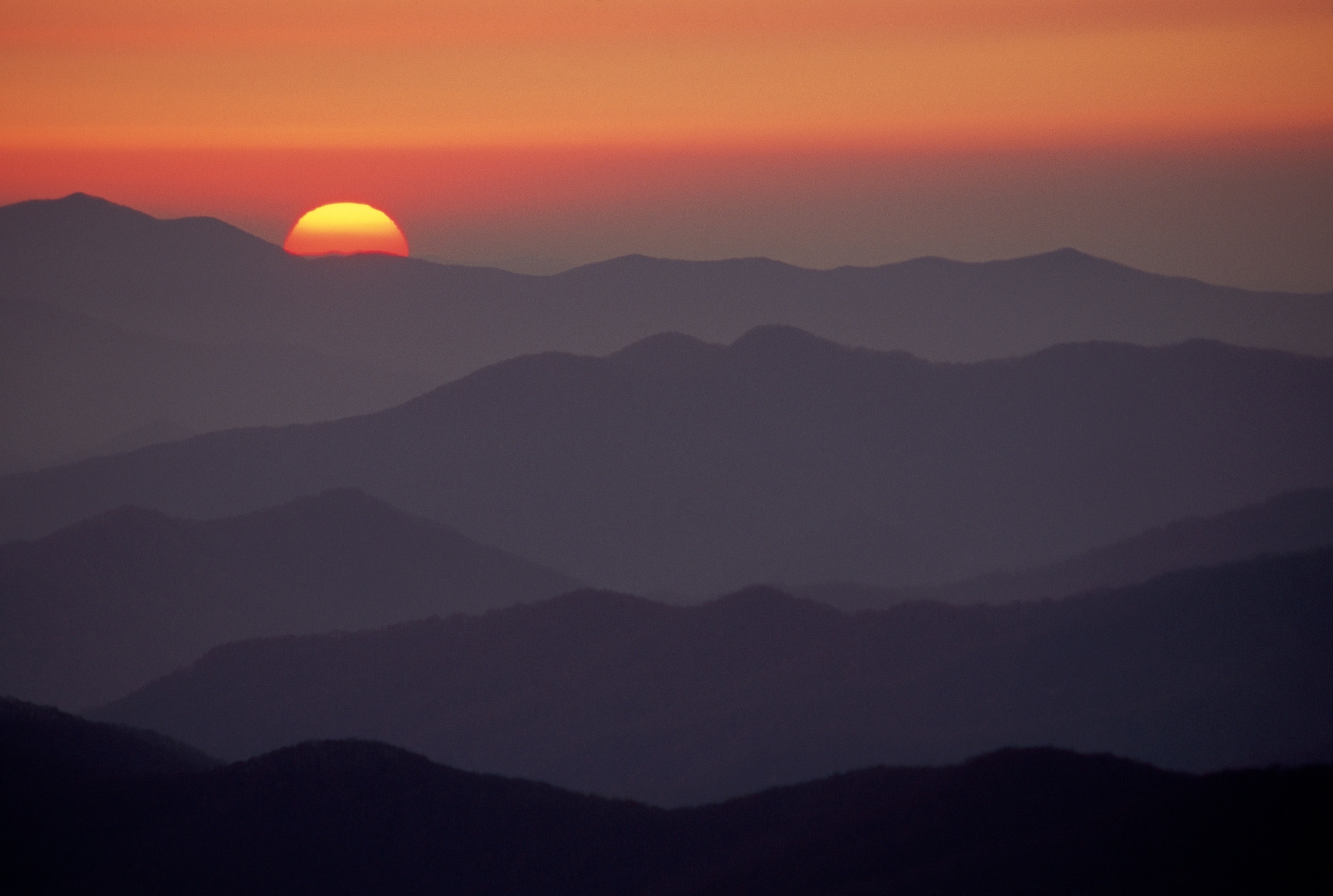
Respecting the music, the land, the people—all that lies at the heart of Parton’s hopes for the future. Parton is unafraid to stomp her glittery heel when it comes to caring for the environment—her message is clear and she is increasingly amplifying it wherever she travels. How can she be wrong?
“We should pay more attention. We’re just mistreating Mother Nature—that’s like being ugly to your mama,” Parton says. “We need to take better care of the things that God gave us freely. And that we’re so freely messing up.”
